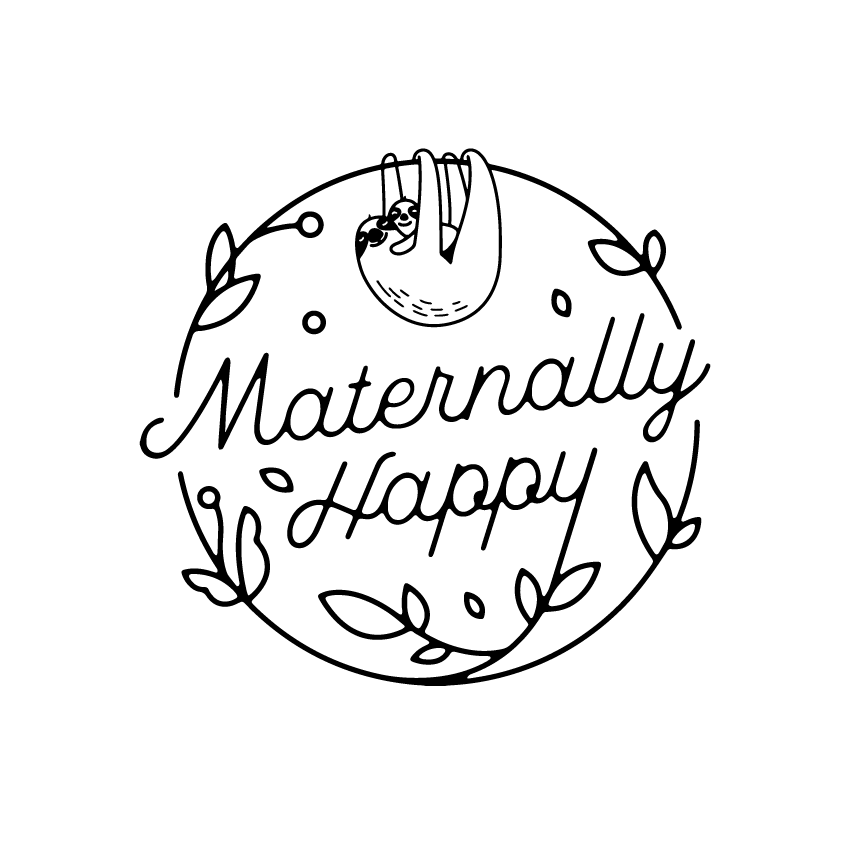



Article: MTHFR, Folic Acid & Folate: What You Need to Know Before Pregnancy

When it comes to folate, there’s a lot of information out there and it can be confusing to know which form is best for you. This isn’t about saying one form is “right” or “wrong.” It’s about understanding the differences so you and your health professional can make the choice that’s right for you.
If you’re trying to conceive or already pregnant, folate is one of the most important nutrients for your health and your baby’s development. Let’s break down the key differences between folic acid and folate, how the MTHFR gene plays a role, and why we’ve chosen the form we use in the prenatal.
🧬 Folic Acid vs. Folate: What’s the Difference?
To be used by the body, folic acid must be converted into its active form 5-MTHF (methylfolate) via an enzyme produced by the MTHFR gene.
Why the MTHFR Gene Matters
Around 40-60% of people carry a variation (polymorphism) in the MTHFR gene.
Why This Matters in Fertility & Pregnancy
Folate plays a crucial role in:
Having optimal folate status may help reduce the risk of:
Because many women don’t realise they’re pregnant until several weeks in when critical early development is already underway we recommend starting a high-quality prenatal at least 3 months before conception. This ensures your folate and other key nutrients are at optimal levels well before pregnancy is confirmed.
Why We Choose Methylated Folate (5-MTHF)
That’s why the prenatal contains Quatrefolic® (5-MTHF) - a clinically validated form of methylated folate - so you can feel confident you’re getting folate in its most bioavailable form.
Why Folic Acid Is Still Common
Folic acid is stable, widely available, and affordable and has been used successfully in public health fortification programs worldwide. However, there’s also a cost difference to consider:
That’s more than 300× more expensive, which is one reason many companies choose folic acid. Our approach? We prioritise the most bioavailable form for every individual - so you can be supported whether or not you know your MTHFR status.
What the TGA Says:
As per the TGA website: 5-methyltetrahydrofolate (5-MTHF) is the biologically active form of folate and the form found in circulation. It does not require enzymatic conversion and can be utilised directly by the body.
A Quick Tip:
If you have an MTHFR polymorphism, it can be worth being mindful of how much folic acid you get from fortified foods like bread, milk, and cereals. A mix of natural food folate and active supplemental folate can help support optimal levels.
Thinking of Trying for a Baby?
Starting a high-quality prenatal 3 months before conception helps build nutrient stores for you and your baby - so you’re supported from the very start, even before you know you’re pregnant.q
Bioavailable B vitamins
If you’re unsure about your folate needs or curious about MTHFR testing, we recommend chatting with your integrated health professional.
References
National Health and Medical Research Council. Nutrient Reference Values for Australia and New Zealand Including Recommended Dietary Intakes. Canberra: NHMRC; 2006 (updated 2017). [Choline, Folate]
Institute of Medicine (US) Standing Committee on the Scientific Evaluation of Dietary Reference Intakes. Dietary Reference Intakes for Thiamin, Riboflavin, Niacin, Vitamin B6, Folate, Vitamin B12, Pantothenic Acid, Biotin, and Choline. Washington (DC): National Academies Press (US); 1998.
Caudill MA et al. Choline intake during pregnancy improves child attention and memory. FASEB J. 2018;32(4):2172–2180. doi:10.1096/fj.201700692RR
Czeizel AE, Dudás I. Prevention of the first occurrence of neural-tube defects by periconceptional vitamin supplementation. N Engl J Med. 1992;327(26):1832–1835. doi:10.1056/NEJM199212243272602
Lucock M. Folic acid: nutritional biochemistry, molecular biology, and role in disease processes. Mol Genet Metab. 2000;71(1-2):121–138. doi:10.1006/mgme.2000.3027
Lamers Y et al. Moderate dietary folate restriction and methylation demand during pregnancy affect maternal folate status and homocysteine concentrations. J Nutr. 2009;139(1):104–110. doi:10.3945/jn.108.097675
TGA (Therapeutic Goods Administration). Folic Acid and Folate in Listed Medicines.
About the Author
Caitlin Gilmore: Nurse, Midwife & Nutrition Consultant

Caitlin is the founder of Maternally Happy, an Australian women’s health brand specialising in bioavailable supplements, prenatal vitamins, and evidence-based resources to support women from preconception to postpartum. With qualifications as a Nurse, Midwife, and Nutrition Consultant, she combines a decade of clinical experience with nutritional expertise to deliver trustworthy, research backed advice.
Her writing focuses on fertility, pregnancy, postpartum recovery, PCOS, and hormonal health, helping women cut through confusion with practical, evidence-based information. Having personally navigated PCOS and the challenges of women’s healthcare, Caitlin is deeply passionate about empowering others to make informed choices for their health and their families.
When she’s not formulating practitioner-grade supplements or supporting her online community, you’ll find her enjoying a chai latte, spending time with her family, friends and 2 border collies and hiking in nature.